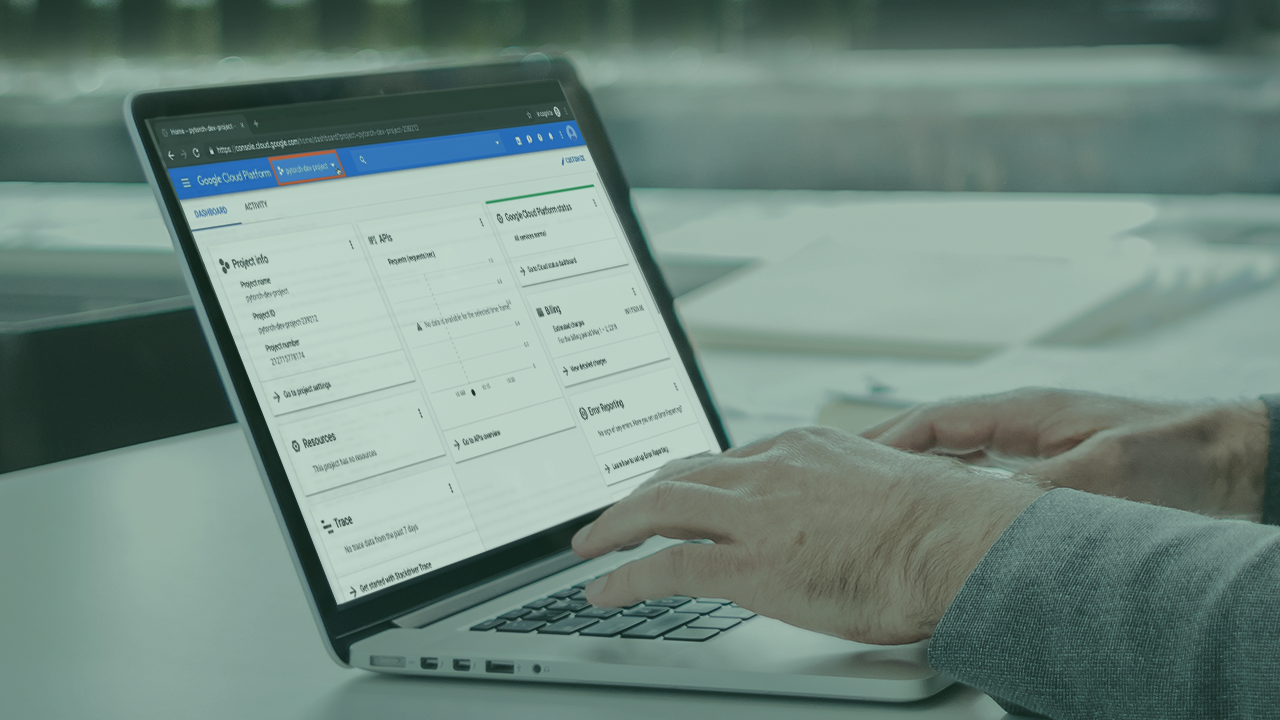- Course
Deploying PyTorch Models in Production: PyTorch Playbook
This course covers the important aspects of performing distributed training of PyTorch models, using the multiprocessing, data-parallel, and distributed data-parallel approaches. It also discusses which you can host PyTorch models for prediction.

- Course
Deploying PyTorch Models in Production: PyTorch Playbook
This course covers the important aspects of performing distributed training of PyTorch models, using the multiprocessing, data-parallel, and distributed data-parallel approaches. It also discusses which you can host PyTorch models for prediction.
Get started today
Access this course and other top-rated tech content with one of our business plans.
Try this course for free
Access this course and other top-rated tech content with one of our individual plans.
This course is included in the libraries shown below:
- Data
What you'll learn
PyTorch is fast emerging as a popular choice for building deep learning models owing to its flexibility, ease-of-use, and built-in support for optimized hardware such as GPUs. Using PyTorch, you can build complex deep learning models, while still using Python-native support for debugging and visualization. In this course, Deploying PyTorch Models in Production: PyTorch Playbook you will gain the ability to leverage advanced functionality for serializing and deserializing PyTorch models, training, and then deploying them for prediction. First, you will learn how the load_state_dict and the torch.save() and torch.load() methods complement and differ from each other, and the relative pros and cons of each. Next, you will discover how to leverage the state_dict which is a handy dictionary with information about parameters as well as hyperparameters. Then, you will see how the multiprocessing, data-parallel, and distributed data-parallel approaches to distributed training can be used in PyTorch. You will train a PyTorch model on a distributed cluster using high-level estimator APIs. Finally, you will explore how to deploy PyTorch models using a Flask application, a Clipper cluster, and a serverless environment. When you’re finished with this course, you will have the skills and knowledge to perform distributed training and deployment of PyTorch models and utilize advanced mechanisms for model serialization and deserialization.
Deploying PyTorch Models in Production: PyTorch Playbook
-
Version Check | 16s
-
Module Overview | 1m 45s
-
Prerequisites and Course Outline | 1m 26s
-
Saving and Loading PyTorch Models | 7m 21s
-
Building and Training a Classifier Model | 5m 18s
-
Saving and Loading Models Using torch.save() | 5m 38s
-
Saving Model Using the state_dict | 5m 23s
-
Saving and Loading Checkpoints | 4m 9s
-
Introducing ONNX | 2m 6s
-
Exporting a Model to ONNX and Loading in Caffe2 | 7m 42s
-
Module Summary | 1m 19s

